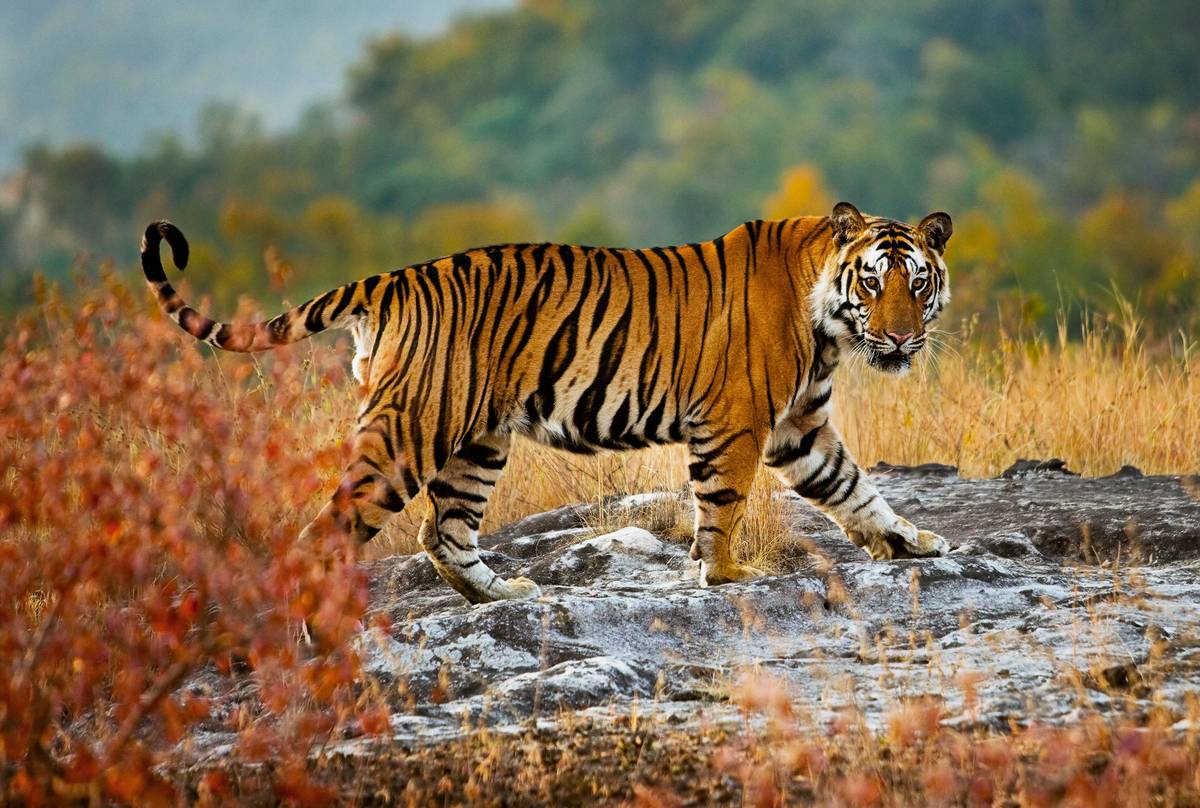India doubled its tiger population in just over a decade

India has doubled its tiger population in just over a decade, a study published in Science has revealed. According to estimates by the National Tiger Conservation Authority, numbers rose from 1,706 in 2010 to around 3,682 in 2022, making India home to roughly 75 per cent of the world’s tigers.
Efforts to protect these majestic creatures from poaching and habitat loss, along with measures to ensure ample prey and reduce human–wildlife conflict, have been crucial. The study also highlighted that local communities near tiger habitats have benefited from increased ecotourism revenues and footfall, which in turn has improved their living standards.
Senior scientist Yadvendradev Jhala, the study’s lead author, stated, “It’s not the human density, but the attitude of people, which matters more.” However, wildlife experts such as ecologist Arjun Gopalaswamy have noted discrepancies in the official tiger monitoring data, suggesting that some figures in the study are significantly higher than previous estimates.
The report further revealed that although tigers occupy an area comparable to the size of New York, only 25 per cent is prey-rich and protected. With 45 per cent of tiger habitats shared with nearly 60 million people, the study underscores that strong community support is essential for successful conservation.



















Facebook Comments